Returns handling constitutes a crucial component of every eCommerce venture. Nonetheless, manually overseeing returns can consume time, prone to errors, and incur expenses. This is where the implementation of Returns Management Systems (RMS) proves invaluable.
With online shopping being an easy option for both customers and brands, there are instances of unfulfillment that are outsourced by brands like - delivery management, efficient warehouse, Competitive Ecommerce Return Management, and others.
These features act as a critical component for businesses to meet customer expectations and stay in the competitive market. Therefore, implementing a solid Return Management Strategy for Ecommerce is essential.
So, let’s first understand what is Returns Management System.
How to lower returns and keep ratings safe for D2C brands?
For D2C brands, it is crucial to minimise returns while maintaining high customer ratings.
1. Create clear return policies
Write policies in simple language. Clearly explain timelines, rules, exceptions, and customer choices. This reduces confusion and builds trust.
2. Track reasons for returns
Monitor why customers return products. Look for patterns, like poor fit in clothing or unmet expectations in electronics. Use this data to improve product pages and operations.
3. Identify high-risk segments
Find products, locations, or customers causing costly returns, especially with cash on delivery. Offer incentives for prepaid orders or apply restrictions on COD.
4. Make returns easier and personalised
Use a returns management system (RMS) to automate approvals, address checks, and messaging. Proactively support customers after purchase to reduce negative experiences.
5. Improve product details and reviews
Provide accurate images, detailed descriptions, and highlight recent customer reviews. Encourage customers to rate products after exchanges.
6. Encourage exchanges over refunds
Simplify the exchange process and offer perks like free shipping or rewards for exchanges. This retains revenue and can boost ratings.
7. Use data beyond return rates
Track customer satisfaction and review scores after returns. Test new strategies and communication methods, then adapt based on results.
Ready to lower returns and protect your ratings?
Discover how Bepragma’s RMS empowers Indian D2C brands to streamline returns, recover revenue, and delight customers.
Get In Touch | Learn More about RMS
What is Returns Management System
A Return Management System or an RMS is a specialised software solution focused on managing the process of returns or product returns within a business. Its primary purpose is to streamline and optimise the return process to improve customer satisfaction and operational efficiency.
The right e-commerce Return Management System and Strategy for your business will depend on:
- Your audience - What kind of returns are they used to experiencing in that location, which in turn affects the expectations
- Your budget - How many exchanges/refunds/returns can you handle for your various products
- Your margins - Is the total returns for a particular product affect your profit margins greatly
- Your product - Depending on your product, and the individual cost of return, you need to offer respective return options
Example: No returns on products above Rs. 6000, unless damaged or wrong product.
There are a variety of other factors influencing the overall return game for D2C brands, which is why we will be covering the A to Z of Returns Management in this blog
Key Features of an Effective Returns Management System
An effective return management system is one that seamlessly integrates with e-commerce platforms such as Shopify, WooCommerce, or Magento.
- It supports flexible return policies.
- The system tracks returned products, updates stock automatically, and efficiently handles restocking.
- It should have built-in tools that can generate return labels and track shipments.
- It has advanced reporting features like tracking return trends and identifying problem areas.
What is Returns Management in Ecommerce
The ecommerce returns rate in India is estimated to be 30-40% on average, indicating how big of a challenge is Ecommerce Returns Management.
According to a survey conducted by Nielsen, 62% of online shoppers in India check the return policy before making a purchase. This indicates that having a good return policy and an efficient RMS is crucial for attracting and retaining customers.
Another survey found that 72% of online shoppers in India had returned an item in the previous year, indicating a high demand for returns management.
Finally, e-commerce businesses in India can achieve a 15-20% increase in sales by offering a hassle-free returns process. This highlights the importance of having an efficient and customer-friendly RMS that can help drive sales and revenue.
Across sectors
Clothing and accessories: The clothing and accessories sector has one of the highest return rates, with an average of 30-35%. The most common reasons for returns in this sector are size and fit issues, colour variations, and quality issues.
Electronics and appliances: The return rate for electronics and appliances is relatively lower than clothing and accessories, at around 10-15%. The most common reasons for returns in this sector are defective products, damage during shipping, and wrong product delivered.
Home furnishings and decor: The home furnishings and decor sector has a return rate of around 8-10%. The most common reasons for returns in this sector are quality issues, product not matching the description, and wrong product delivered.
Beauty and personal care: The return rate for beauty and personal care products is relatively low, at around 15%, considering how big the personal care market has become in India. The most common reasons for returns in this sector are quality issues and wrong product delivered.
Groceries and food items: The return rate for groceries and food items is also relatively low, at around 3-5%. The most common reasons for returns in this sector are expired or damaged products and wrong products delivered.
Across reasons
Product quality issues: Product quality issues are the most common reason for returns in India, accounting for 41% of all returns. This includes issues such as defective or damaged products, products not meeting quality expectations, and missing parts or accessories.
Wrong product delivered: The second most common reason for returns in India is the wrong product being delivered, accounting for 32% of all returns. This can happen due to errors in picking and packing, incorrect labelling, or confusion with similar products.
Product not meeting expectations: Around 27% of ecommerce returns in India are due to the product not meeting the customer's expectations. This can include factors such as the product not matching the description or images online, incorrect size or fit, or differences in colour or appearance.
Customer changed mind: A small percentage of ecommerce returns in India (around 4%) are due to customers changing their minds or no longer needing the product. This can happen due to various reasons such as a change in preference, budget, or availability of a better deal.
Across COD (Cash-on-Delivery) orders
Considering COD still makes over 60% of total orders for more than 2/3rd of all D2C brands, we have attached a couple stats on COD returns.
Higher return rate: COD orders tend to have a higher return rate compared to prepaid orders. This is because customers have the option to refuse delivery or return the product on the spot if they are not satisfied with the product or delivery experience.
Product quality issues: Product quality issues are the most common reason for COD-related returns in India, accounting for around 44% of all COD returns. This includes issues such as defective or damaged products, products not meeting quality expectations, and missing parts or accessories.
Wrong product delivered: The second most common reason for COD-related returns in India is the wrong product being delivered, accounting for around 34% of all COD returns. This can happen due to errors in picking and packing, incorrect labelling, or confusion with similar products.
Size and fit issues: Size and fit issues are a common reason for COD-related returns in the clothing and accessories category, accounting for around 25% of all COD returns in this category.
The Cost of Returns
Reverse logistics cost: The cost of reverse logistics, which includes shipping, handling, and processing of returns, is estimated to be around 8-10% of the total e-commerce revenue in India.
Impact on profitability: According to some estimates, returns can reduce the net profit margin of ecommerce companies by 3-5%.
Customer retention cost: While returns can be costly for ecommerce companies, they can also be seen as a customer retention cost. By offering hassle-free returns and refunds, ecommerce companies can improve customer satisfaction and loyalty rates by 30-35%, which can lead to repeat purchases and positive word-of-mouth.
What are the Benefits of a Returns Management System?
Returns Management services can be applied to the overall process of your return cycle, right from return initiation to warehouse handling and refund/exchange. Let's understand these benefits in detail below:
Automates the journey
Automating returns management can help brands reduce costs associated with manual processing, such as labour costs, shipping costs, and processing fees, and improve profitability.
It also helps in providing a transparent and reliable returns process, which can help build trust with customers.
43% of Indian consumers would be more likely to shop online if the returns process was easier - and Automating Returns Management can help provide a convenient and easy returns process for customers, which can help improve customer satisfaction and drive repeat business. Discover the Best Return Management Software to streamline your returns process efficiently.
Tailored to your business needs
A customizable RMS can be tailored to fit the specific needs of your e-commerce business. This means that you can create a system that is customised to your company's unique return policies, processes, and workflows.
Increased efficiency
By creating a system that is tailored to your business needs, you can optimise the return process, reduce the time spent on processing returns, and increase efficiency.
Improved customer satisfaction
A customizable RMS can help you provide a better customer experience by offering more flexibility and options to your customers. Customers will appreciate the ability to choose their preferred method of return and will be more likely to return in the future if they have a positive experience.
Cost savings
An efficient and streamlined return process can reduce the costs associated with managing returns, such as labour costs, shipping costs, and processing fees. This can help you save money and increase profitability.
Better data analysis
With a customisable RMS, you can track and analyse data related to returns, such as return reasons, return rates, and customer feedback. This data can help you identify areas for improvement and make informed business decisions.
Challenges in Returns Management for D2C Brands
- High return rates, because of a high percentage of COD orders
- Tracking everything manually is highly time-consuming and has an error risk.
- Managing reverse logistics and shipping costs
- Maintaining a consistent customer experience during returns
- Handling returns for multiple product categories with different rules
- Integrating returns data with existing sales and inventory systems
Best Practices for Implementing a Returns Management System
1. Write clear Return Policies
Return Policies must be presented in a straight-forward manner to your online consumers.
Why?
Because when it is concise and easy-to-understand → There is no misunderstanding or multiple takes on the Return Policies.
Meaning, your Return Policies must clearly state:
- The timeline for returns (2 days, a week, a month, etc.)
- Conditions for returns (tags on, original packaging, etc.)
- Exceptions (if any)
- The general time (estimate) taken to process refunds/returns
- The various options that would be offered to customers (store credit, direct refunds, Cashless refunds even for COD etc.)
2. Assign shipping rates
As a consumer yourself, you have a clear understanding on how convincing ‘Free Shipping’ can be, and how it can influence you to act. In fact:
- 95% of online consumers view free shipping as THE incentive that encourages them to shop more.
- 86% of customers abandon their cart because of the EXTRA cost of shipping. Because they view shipping as an extra charge.
- 93% of buyers claim they will try to cross the threshold, to qualify for free shipping by adding more items to their cart.
But..
It won’t be feasible to provide all shoppers with free returns.
So, consider offering free returns for items over a certain value or to your loyal customers. You can also make exchanges free, considering that the sale still stands - but you can charge a fee for returns or offer free returns to shoppers who drop off the product(s) at a store.
Ecommerce shipping rates
The shipping rates for various ecommerce business use depends on factors like -
- How big is the brand
- Locations you target
- Carrier partners you have
- Frequency of purchase
- Size of product
- Type of product (FMCG like soaps are usually forgiven for small damages, whereas costlier the product, more strict is the judgement)
Different ecommerce businesses use different rate structures to charge customers for shipping. Here are two popular ecommerce shipping rate options.
a. Flat rate shipping
Flat Rate or fixed rate shipping, is where the same rate is followed across all orders or categories.
For example:
- If the weight is over X
- If the AOV is less than X
- If the product is fragile etc
Flat rate shipping is generally the blended average for shipping and handling cost.
While this seems like a fair method, the costs for some orders will not be completely covered, while others will be overcharged in comparison.
So, sometimes, the overall efficacy of this method is lost, especially during holiday times - mainly because customers expect free shipping.
b. Real-time carrier rates
There are some ecommerce stores that display real-time carrier rates during checkout.
Where the exact shipping rates are pulled from carrier partners involved based on the customer location + delivery choice.
This allows customers to view the exact amount that it costs your business to ship the order, and decide whether it is still worth it.
The only disadvantage for the merchant/brand is that the consumer will want to compare the rates with other brands - and if they see the total to be less (even if by a couple), they would go with the other brand.
c. Offering free shipping
Offering free shipping can reduce cart abandonment, increase conversions, and slowly help build trust and in turn customer loyalty.
Your brand can offer free shipping while staying profitable in a few different ways:
- Adding the shipping cost to the product price (instead of showing it separately)
- State the spend threshold for free shipping
- Taking a subscription fee in exchange for free shipping on all orders (e.g, Amazon Prime)
If you are interested in adding a text-based “Free Shipping Calculator” to your cart page, here’s the code
3. The Mobile Approach:
Mobile customer experiences are mediocre at best for the majority of brands (you know who you are)
>70% of all ecommerce purchases are mobile-first
75% of shoppers abandon sites if not mobile optimised; this applies to Checkout as well
Solution? Use one of the many free tools to replicate the web structure for mobile view as well.
4. Remove Distractions:
Keep users focused on completing the checkout process.
Meaning, no unnecessary visual overload - A clean design that focuses on just the bare necessities.
4 Top Returns Management Software Solutions for D2C Brands
1. Pragma
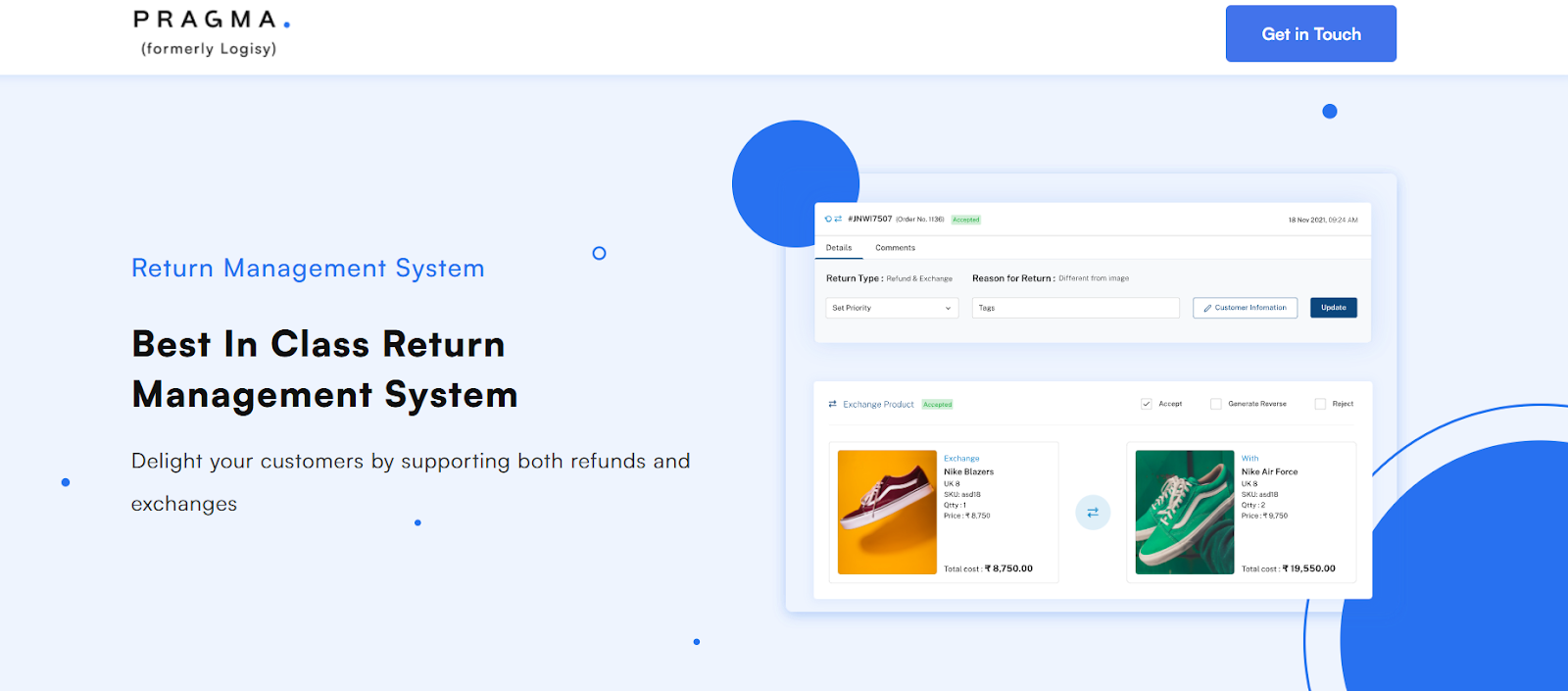
2. Zoho Inventory
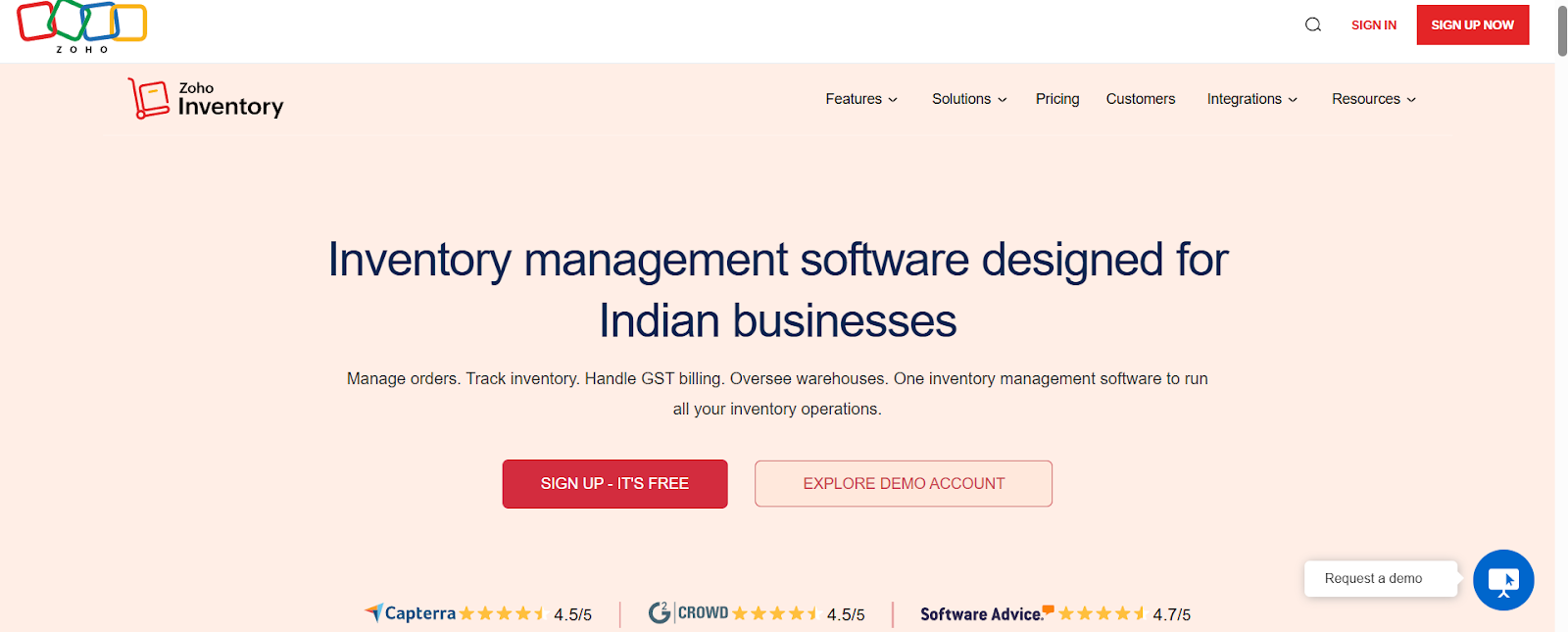
3. Shiprocket
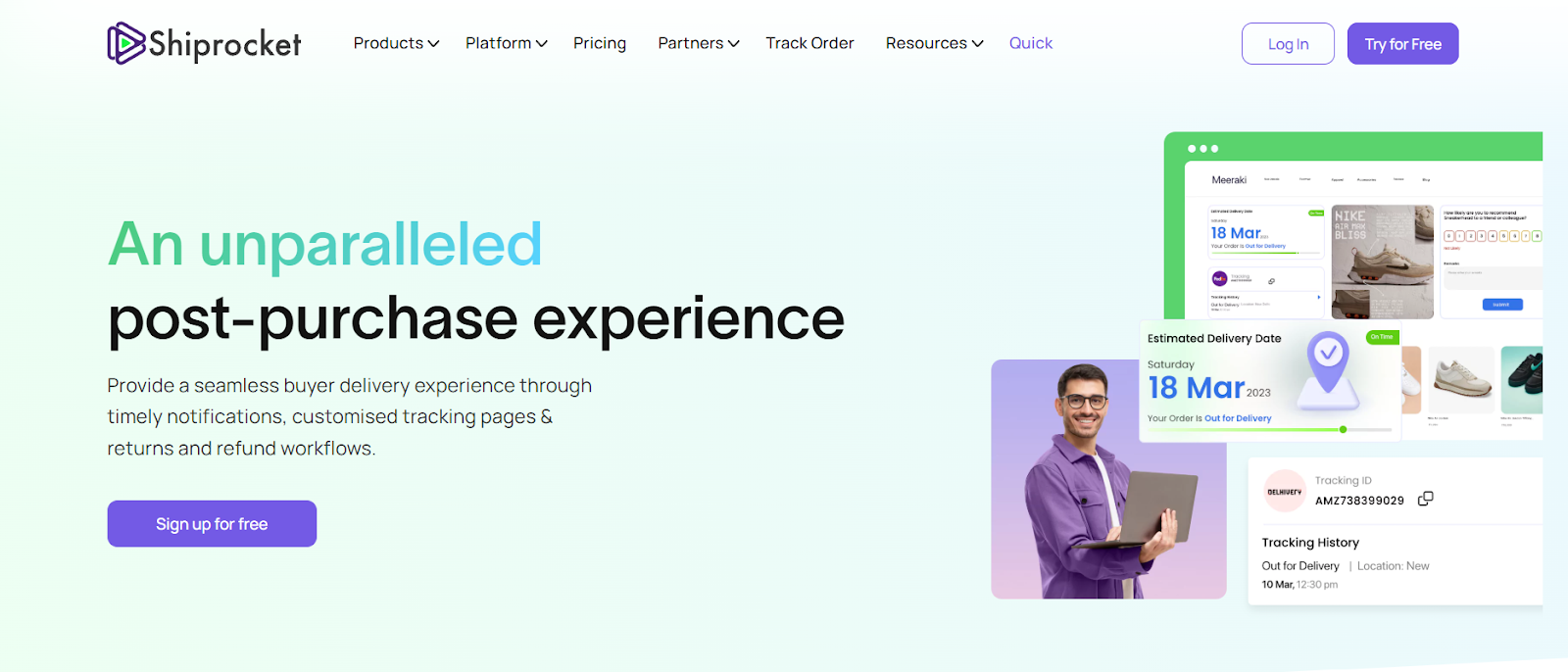
4. Reverse Logix
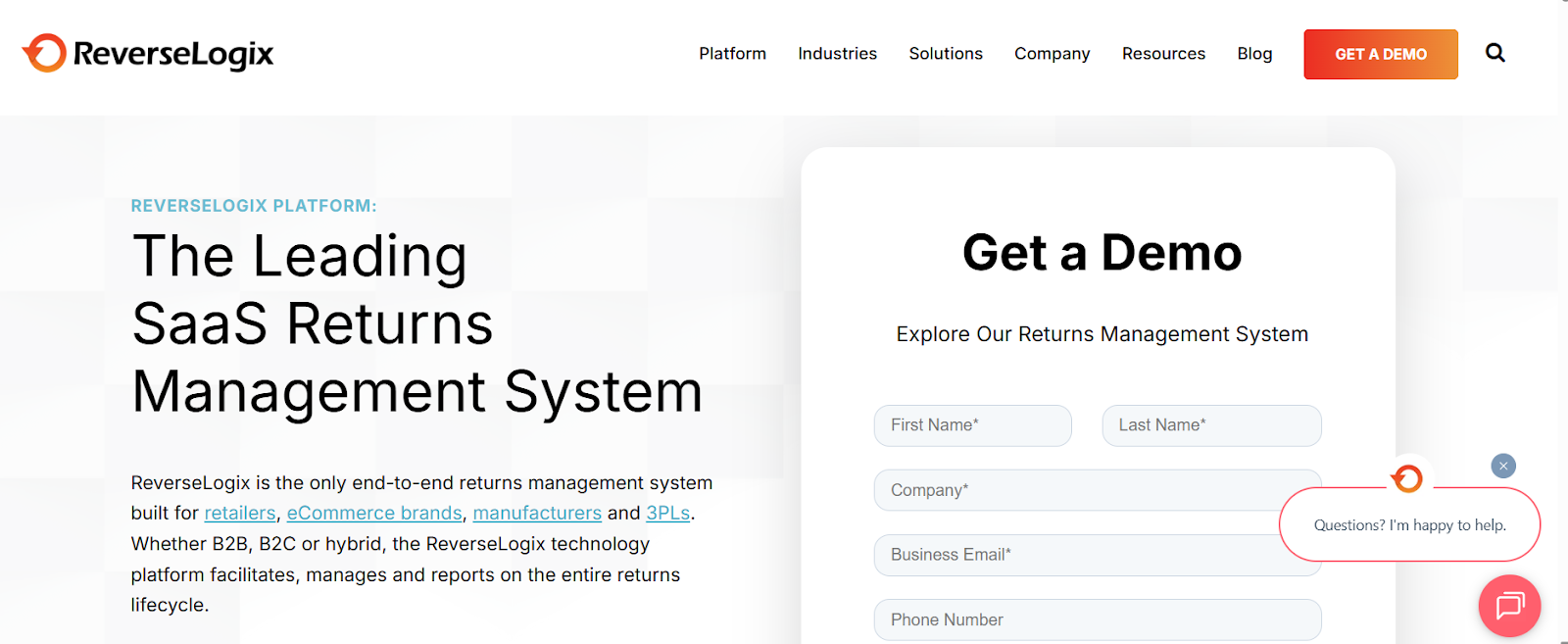
Sustainable Practices in Returns Management
- Returns can be minimised by improving product information
- The returned products could be recycled or reused whenever it is possible to do so
- Partner with logistics providers that support eco-friendly practices
- Offer exchanges instead of full returns to reduce shipping impact
- Use data to predict and prevent high-risk returns
- Reduce packaging waste by optimising return packaging
Case Studies of Successful RMS Implementations
Emami has been innovating and launching brands meeting multiple consumer needs for more than 35 years - one of the major skin care and health care FMCG companies in India providing affordable natural skin care and healthcare products.
Challenge: Unrecoupable Losses due to surplus of COD orders
With close to 85% of all purchases being COD (Cash-on-delivery), the load losses that pile up are far greater than compared to brands with greater prepaid orders.
Ultimately the potential lost revenue is too great to forgo - As the brand takes the blow entirely for RTOs, order cancellations, carrier partner errors etc., leading to NDRs. So what Emami needed was a Returns Management solution that could help them reduce the RTO orders.
And guess who was their Returns Management Services provider?
Pragma's Return Management System stack!
Solution: Implementing solutions to actualize loss prevention at every COD
The Pragma D2C Operating System was installed to target the key stages to analyse. optimise intricate aspects, and manage their Ecommerce Returns Management system.
Stage 1 - RTO prevention
Stage 2 - Realtime NDR management
Stage 3 - RMS (Returns Management System)
Stage 4 - Post-purchase
Result: Saved over ₹1,50,00,000 in COD related revenue FY21
- RTOs reduced by 36.70%
- With Customer data & analytics - user data from previous purchase and other portfolio brands to flag high RTO risk users
- 21,980 NDRs solved and fulfilled
- Prepaid Orders increased by 14.33%
Wish to go in detail on how Pragma solved for Emami?
Hop on to the link: Here
The Role of Customer Feedback in Returns Optimisation
As returns are caused by any reasons that arise for customers, the role of customer feedback in return optimisation is crucial. The feedback from customers could help brands to know:
- Why are customers returning products? What's the reason?
- How does the customer want the product quality to be?
- Can use feedback to improve product descriptions
- Improve packaging and shipping based on customer suggestions.
- Can make return policies more user-friendly based on real experience
By getting feedback on such things, brands can easily get a hold on returns as part of their return management strategy.
What is the Best Returns Management System out there?
With those being the nitty gritty about Return Management System, it's time that you figure out why Pragma's RMS can be your best next investment as a brand needs a solid RMS in play to enable seamless customer experience post-purchase.
In order to offer top-quality customer service from a single, convenient hub - which is predominantly automated.
- 100% Automated
Our solution is in the form of Hybrid Automation.
A hybrid automation setup consists of 3 parts.
Part 1 : The part of the bard that is automated by creating flows based on brand needs across marketing, purchase & return stages.
Part 2 : The part where Bots take on the role - for communication across channels
Part 3 : this is where AI comes into play, to study and optimise existing setup based on consumer data.
(i.e.) 🤖 Hybrid Setup = Rule-based Customisation + AI - Customisable from end-to-end
There’s no such thing as a one-size-fits-all ecommerce returns strategy that can be integrated into your brand.
Which is why we build one that adapts to your consumers’ needs. - Guaranteed increase in consumer satisfaction
Our RMS (Return Management System) offers an increase in customer satisfaction by 20-35%, and improvement in Retention rate by up to 65%

FAQ
Q: What is a Return Management System (RMS), and how does it work for D2C brands?
A: An RMS automates and centralizes the returns process, slashing manual work while improving both speed and tracking.
Q: How does an RMS help reduce return-related costs and improve NPS?
A: Automating returns and optimizing communication lowers operational expenses and makes the process more customer-friendly.
Q: Why are store credits or exchanges better for cash flow than refunds?
A: Credits and exchanges keep revenue in the store, encouraging repeat business and improving margins.
Talk to our experts for a customised solution that can maximise your sales funnel
Book a demo

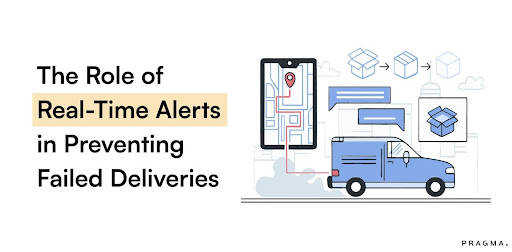
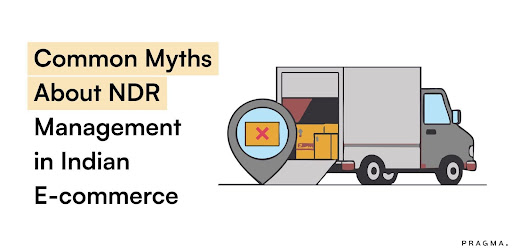

.png)